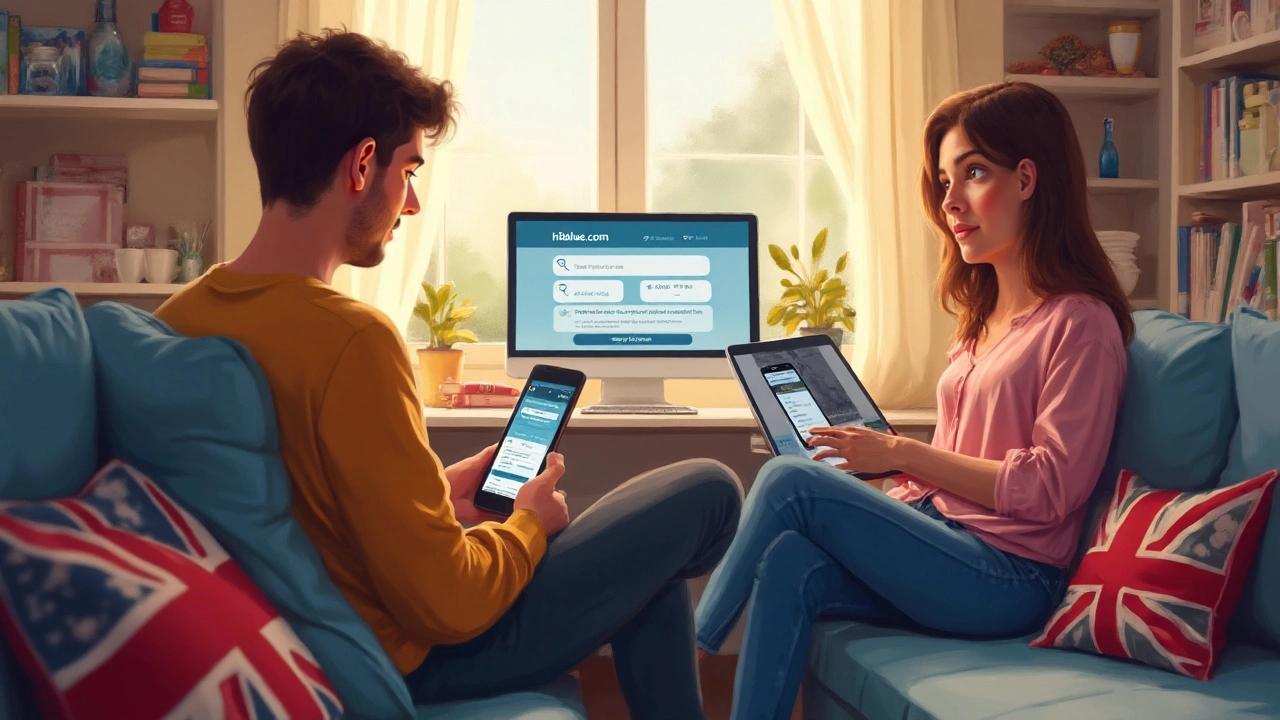Buy medicine online
Buying medicine online can save time and money, but it can also be risky if you don't know what to check. This guide shows practical steps to find legitimate pharmacies, protect your health, avoid scams. Read tips, what to ask, and how to handle prescriptions and delivery.
Start with verification. Look for a visible pharmacy address, pharmacist contact, and clear licensing information. In the US check VIPPS or state board links; in the UK look for GPhC registration. If a site hides contact details or offers prescription drugs without asking for a prescription, treat it as risky.
Compare prices but ignore absurdly low offers. Drugs are often cheaper from legit international or generic suppliers, but a price that's far below other sites may signal counterfeit or expired products. Check packaging photos, batch numbers, and user reviews outside the site before buying.
Prescription handling matters. True pharmacies will require a valid prescription for controlled or prescription-only medicines and will explain how to submit it. If you need a prescription and the site offers a quick online quiz instead of a real consultation, pause and consult your doctor.
Safety and quality. Look for pharmacies that source medications from reputable manufacturers and provide lot numbers or certificates of analysis. If possible, choose pharmacies that ship with temperature control for heat-sensitive drugs. Keep drugs in original packaging and verify expiry dates on arrival.
Payment and privacy. Use secure payment methods such as card payments or reputable third-party processors. Avoid direct bank transfers to unknown vendors. Read the privacy policy to understand how your medical data will be stored and shared; a good pharmacy limits data access, uses encryption.
Shipping and customs. Know your country's rules for importing medicines. Some drugs are blocked or limited; others need declarations. Choose tracked shipping and confirm estimated delivery times. Expect customs checks and possible delays; plan ahead for ongoing treatments.
Red flags to avoid. No license info, fake seals, no pharmacist contact, wildly cheap prices, broken site security (no HTTPS), and unsolicited emails offering prescription drugs. Also be wary of sites that only accept cryptocurrency for private purchases.
When to choose in-person pickup. For complex medications, injections, or when you need counseling, an in-person pharmacy is safer. Use online options for simple refills, OTC drugs, or when your regular pharmacy is unavailable.
Useful checklist before buying: verify license, require prescription, confirm origin, compare prices, read external reviews, use secure payment, pick tracked shipping. Keep receipts and photos of the package.
If unsure, ask your healthcare provider to recommend trusted online pharmacies. Good sites will work with prescribers and offer clear contact channels. With a few checks you can buy medicine online safely and get the savings and convenience you need.
After delivery inspect packaging and expiry dates immediately. Store medicines as label says. Report any bad reactions to your doctor and the pharmacy, and keep a copy of your prescription and order confirmation for records. These small steps protect your health and your wallet.

